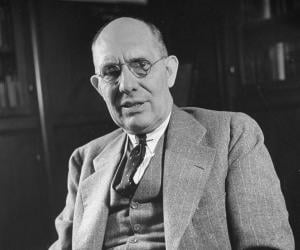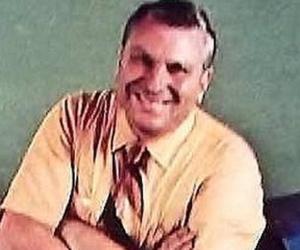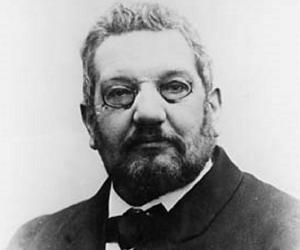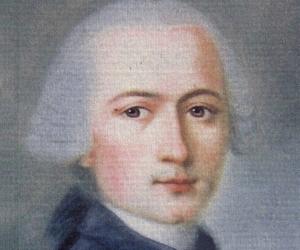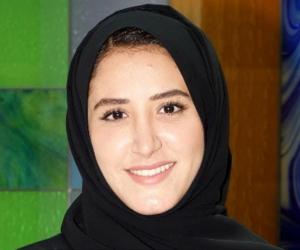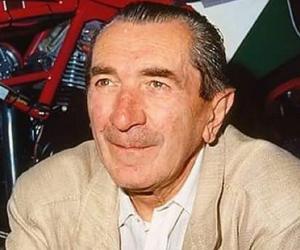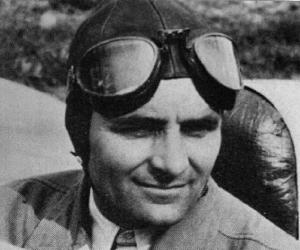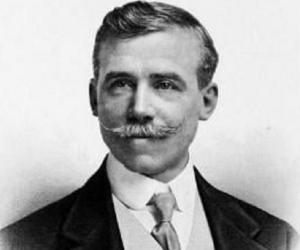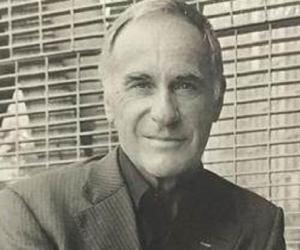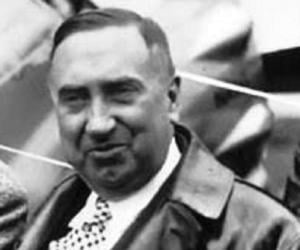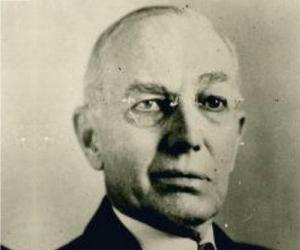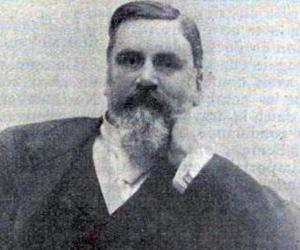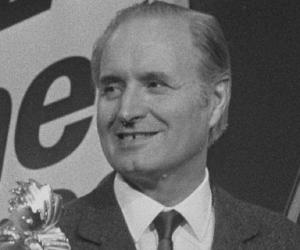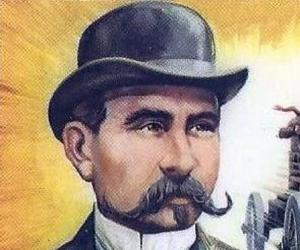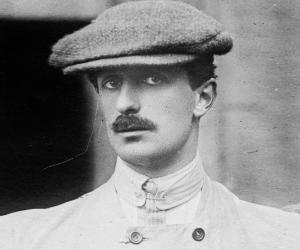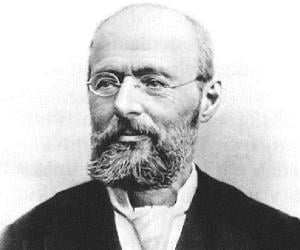Quick Facts
Also Known As: Charles Franklin Kettering
Died At Age: 82
Family:
Spouse/Ex-: Olive Williams
father: Jacob Kettering
mother: Martha Hunter Kettering
children: Eugene Kettering
Inventors Business People
Died on: November 25, 1958
place of death: Dayton, Ohio
U.S. State: Ohio
Diseases & Disabilities: Visual Impairment
Founder/Co-Founder: Dayton Engineering Laboratories Company (Delco)
discoveries/inventions: Freon Refrigerant
More Facts
education: Ohio State University, The College of Wooster
awards: Hoover Medal
John Fritz Medal
Edison Medal
The ASME Medal
1936 – Franklin Medal
Childhood & Early Life
Charles F. Kettering was born in Loudonville, Ohio, U.S.A as the fourth son of Jacob Kettering and Martha Hunter Kettering.
He was a voracious reader and an inquisitive child, who always wanted to find alternative and better ways of doing things. He attended the Loudonville High School, Loudonville.
After he graduated from high school, he took up a teaching job at Bunker Hill School, where his sister, Emma was already working. The job paid for his later college expenses.
He initially attended The College of Wooster and later enrolled at The Ohio State University, from where he dropped out due to problems with eyesight. He took up a job as a foreman of a telephone line crew.
The abrupt ending of his studies due to eye problems, initially took a toll on him, making him depressed. However, he decided to utilise his electrical engineering skills practically.
After his eye problems reduced, he went back to The Ohio State University and continued his education. In 1904, he graduated with a degree in electrical engineering.
Career
In 1904, immediately after graduation he was employed at the research laboratory at the National Cash Register. During his five year tenure, he obtained 23 patents for the company.
In 1907, he was advised by his colleague, Edward A. Deeds to work on automobile improvements, stressing on the market for the same. They worked with other engineers on the project and were soon known as, ‘Barn Gang’.
In 1909, he resigned from his job at the National Cash Register and continued to work full-time on automobile improvements and developments. The ‘Barn Gang’ registered themselves as Dayton Engineering Laboratories Company, or Delco.
In 1911, he invented and filed a patent for the world’s first electric starter. The following year, the models for the product were approved and installed by The General Motors Company, Cadillac, for production.
In 1914, he helped in the creation of The Flxible Co. He was appointed as the president of the company and also became a member of the board of directors. Since the company was in its initial stages, he even provided funding for the same.
In 1915, he was working on an invention called the Delco-Light, which provided electric illumination to rural residents. This was one of his most widely known inventions.
In 1918, Delco was acquired by the United Motors Company. This laid the building blocks for the creation of the General Motors Research Corporation and Delco Electronics.
In 1918, he invented the aerial torpedo, also known as the Kettering Bug. This was regarded as one of the first aerial missiles, which laid the stepping stone for the first guided missiles.
In 1920, he was appointed as the vice president of General Motors Research Corporation, a position he continued to serve for the next 27 years. Over the next few years he worked on air-cooled engines for cars and trucks.
He gave the idea for duco paint, developed diesel engines and methods to harness solar energy and ethyl gasoline. He also introduced the concept of using magnetism for medical diagnostics.
In 1927, he established the Kettering Foundation, a research foundation which encourages the process of scientific research and invention. It provides opportunities for research fellows.
By 1945, his inventions earned him a lot of wealth. After two years, he retired from General Motors. However, he continued to serve as a research adviser and director in Dayton.
Major Works
The Delco ignition system, which he invented, was one of the first electric starters. This is also referred to as the Kettering ignition system, first sold in 1910.
Awards & Achievements
In 1936, he received the Franklin Medal.
Personal Life & Legacy
He suffered from headaches during his school days, which was due to poor eyesight.
In 1905, he married Olive Williams. The couple had one child together.
In 1914, his house, ‘Ridgeleigh Terrace’ was constructed. It is believed that this was one of the first houses in America to have air conditioning.
In 1914, along with Colonel Edward A. Deeds he co-founded the Engineers Club of Dayton, which was later listed on the National Register of Historic Places.
He died at the age of 82 in Dayton, Ohio. He was laid to rest at the Woodland Cemetery, Dayton.
In 1998, in his honour the GMI Engineering and Management Institute was renamed Kettering University.
His legacy continues to live with the Memorial Sloan-Kettering Cancer Center, which he helped found and the Kettering Health Network. Many schools and educational intuitions in the U.S. are named after him.
Trivia
This great inventor is credited with the discovery of ‘Bug’ aerial torpedo, which is considered the world’s first aerial missile.
See more:


